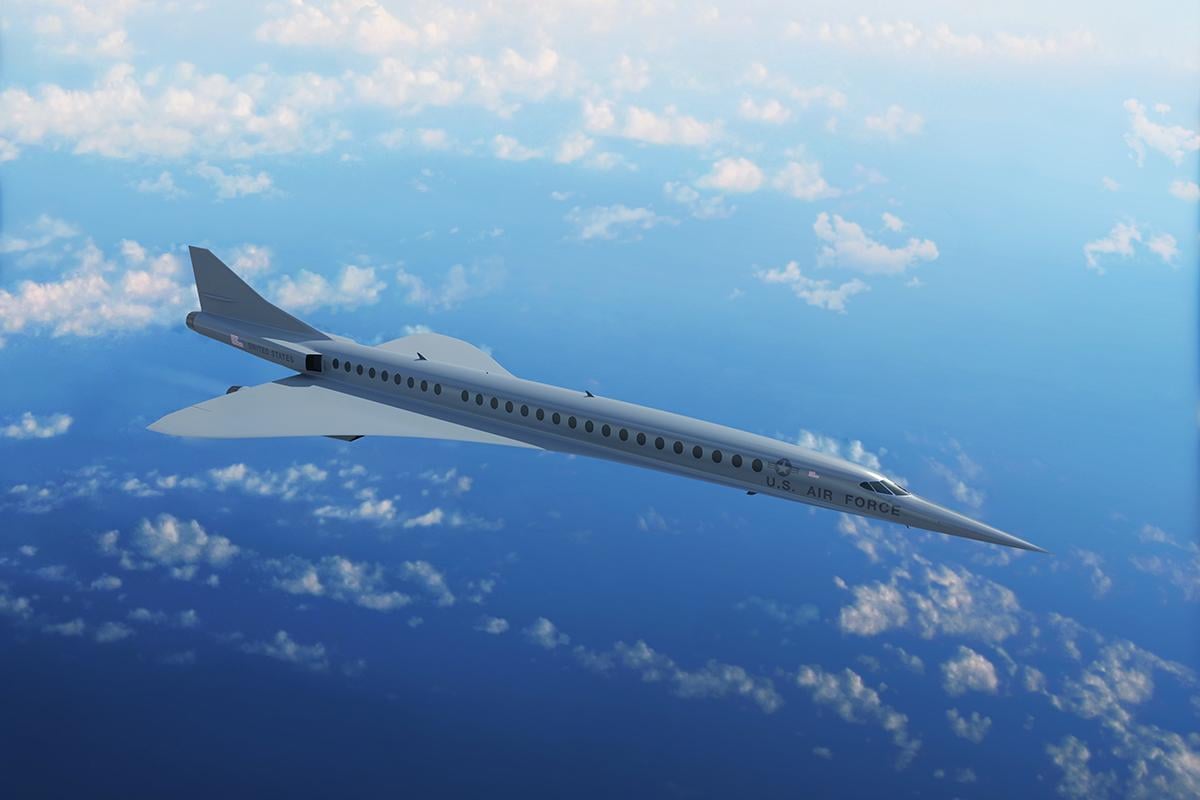
COLORADO SPRINGS—Supersonic aircraft developer Boom has been awarded a three-year U.S. Air Force contract to expand studies of its Mach 1.7 Overture aircraft beyond that of an executive transport to include surveillance, reconnaissance, special forces deployment and other military transport roles...
Subscription Required
This content requires a subscription to one of the Aviation Week Intelligence Network (AWIN) bundles.
Schedule a demo today to find out how you can access this content and similar content related to your area of the global aviation industry.
Already an AWIN subscriber? Login
Did you know? Aviation Week has won top honors multiple times in the Jesse H. Neal National Business Journalism Awards, the business-to-business media equivalent of the Pulitzer Prizes.

